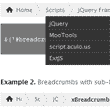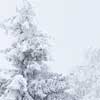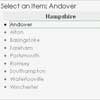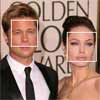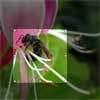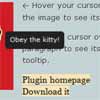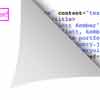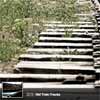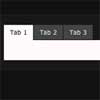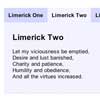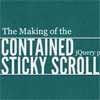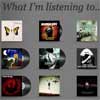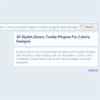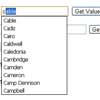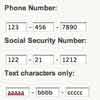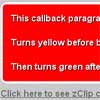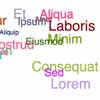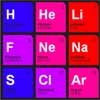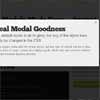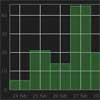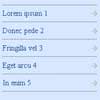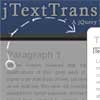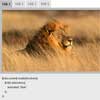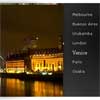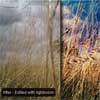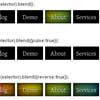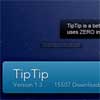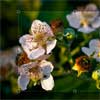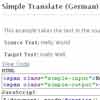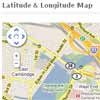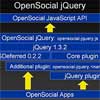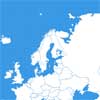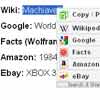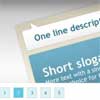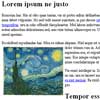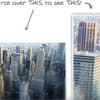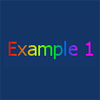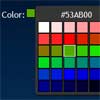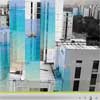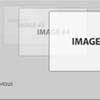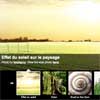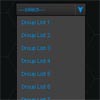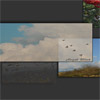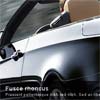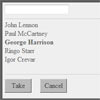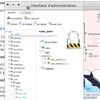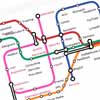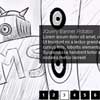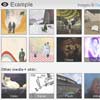jQuery Burn: Text flame effect
jQuery Burn applies a simple flame effect to text using the css text-shadow property. As such it will not work in older versions of IE.
Usage
To turn on effect $('.burn').burn();
To turn off effect $('.burn').burn(false);
To get a single option, set a single option, or set multiple options:
$('.burn').burn('wind'); // returns 1 $('.burn').burn('diffusion', 2); // doubles the flame size $('.burn').burn({ k: 10, w: 10 }); // waves half as long and twice as fast Options
| Option | Default | Description |
|---|---|---|
| a | 0.3 | Amplitude of wave motion. A larger value leads to more pronounced oscillation. |
| k | 0.05 | Wave Number. A larger value leads to more oscillations per unit length, or a more wrinkled flame. |
| w | 10 | Angular Frequency. A larger value leads to quicker oscillations, or a higher frequency. |
| wind | 1 | Skew. A negative value for "wind" would make a vertical flame lean to the left. A value of 0 would make it perfectly vertical. A positive value makes it lean to the right. The larger the value, the greater the lean. |
| diffusion | 1 | A scale factor for both horizontal and vertical offset as well as shadow blur. A larger number leads to a flame which appears larger, though less intense. |
| flames | array | Array of shadows. The option "flames" can be set to a custom array, each element of which must be an object with strict properties as defined below. This allows for complete customisation of the effect. See advanced usage for more details. |
Flame object
| Option | Default | Description |
|---|---|---|
| x | 0 | Start displacement. This value has little long term impact and is best left as 0. It represents the initial horizontal offset of a particular flame and as is used internally to store the position of that flame. |
| hsla | [58, 96, 89, 1] | Colour of the shadow in HSLA. |
| y | 0 | Height vertical offset in em. It is best to pair increasing values of y with "hotter" colours. |
| blur | 0.1 | Size/clarity of the shadow. Larger value leads to a bigger and less sharply defined shadow. |
License
Copyright (c) 2012 Kevin Attfield Dual licensed under the MIT and GPL licenses.

